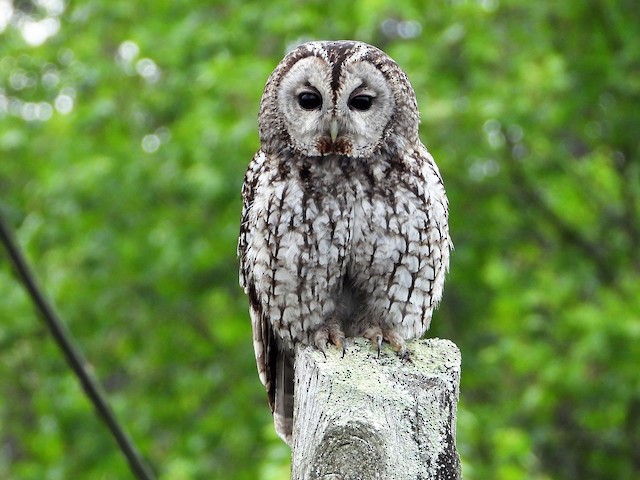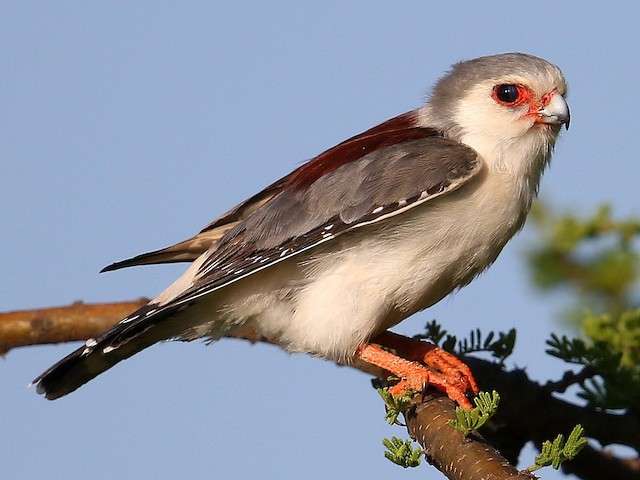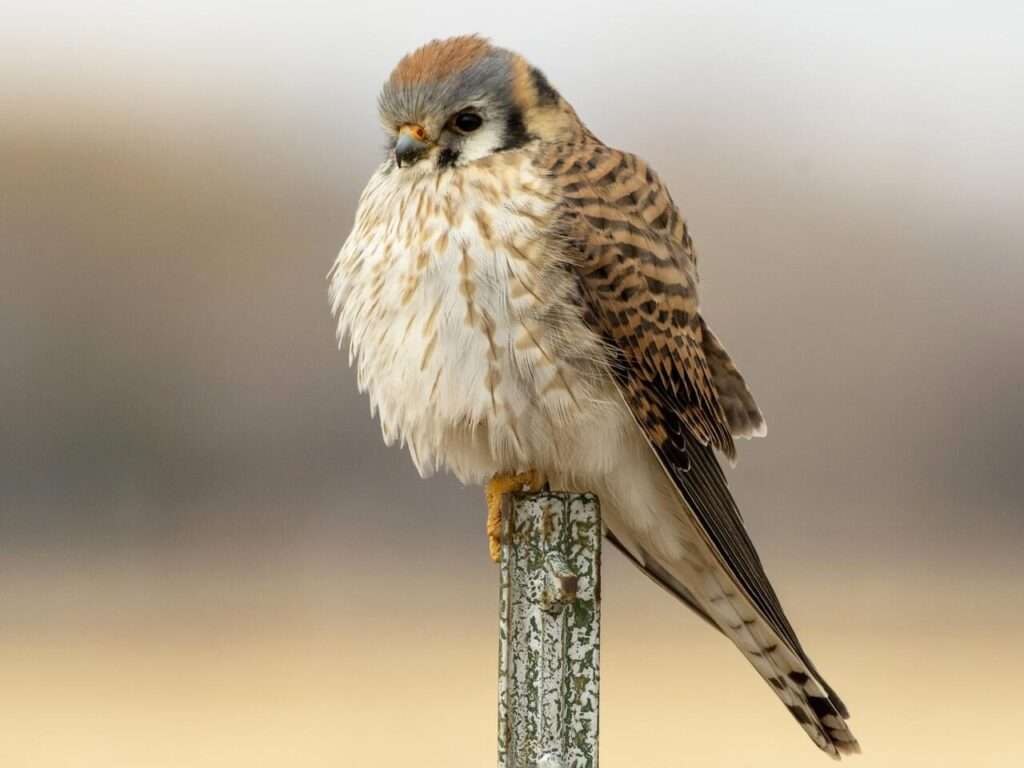
Description
Life span: Up to 23 years
The medium-sized, stocky tawny owl has a brown or grey upper body and pale underparts with dark streaks. In order to keep predators away from its eggs and young, the tawny owl typically constructs its nest in a tree hole. Because it is non-migratory and fiercely territorial, young birds frequently starve if they are unable to find an empty area to claim as their own when they grow up and leave the parental nest. It has a broad, rounded head with no ear tufts, and the dark brown eyes are surrounded by a very unadorned facial disc. Its ability to soar at low altitudes, where it can use its nose to detect carrion most effectively, is probably made possible by the Turkey Vulture’s peculiar slow, teetering flight style. On occasion, they’ll take off in mixed flocks or kettles and soar high on thermals. Compared to Black Vultures, they are less nimble and move with awkward hops on the ground. It’s common to see them standing straight in the sun with their wings extended, maybe to warm up, cool down, or dry off.

Native Region/Habitat
There are tawny owls in the United Kingdom. Although broadleaf woods is their preferred habitat, they may go into fields when on the hunt. If there are enough big trees for nesting and roosting, tawny owls can occasionally be found in urban areas.
Behavior
Mice and voles are the main sources of food for tawny owls. These nocturnal predators pluck their prey off the forest floor as they swoop down on them. Owls have excellent vision and hearing, and they can fly silently because to the soft fuzzy edge on their wing feathers. When there isn’t enough food to go around, they will hunt other animals such birds, amphibians, young rabbits, insects, and worms.
A pair of tawny owls will protect their joint territory from other owls throughout the year. These owls often mate for life. After mating, the female nestles her eggs in a huge tree’s hole. You can also use ancient crow nests and squirrel dreys. Two to three eggs are laid in the spring, and they take about a month to hatch. The young, known as owlets, will spend several days in the nearby branches before leaving the nest; this is the process of “branching.” The baby owlets will remain under parental care after fledging for a few weeks before becoming totally independent towards the end of the autumn.
As a pet/In captivity
In many states in the US, tawny owls cannot be kept as pets by private individuals; instead, they can only be kept by trained, licenced people for the purpose of rehabilitation, as foster parents in a facility for rehabilitation, as part of a breeding programme, for educational purposes, or in some states, for falconry.
Table





